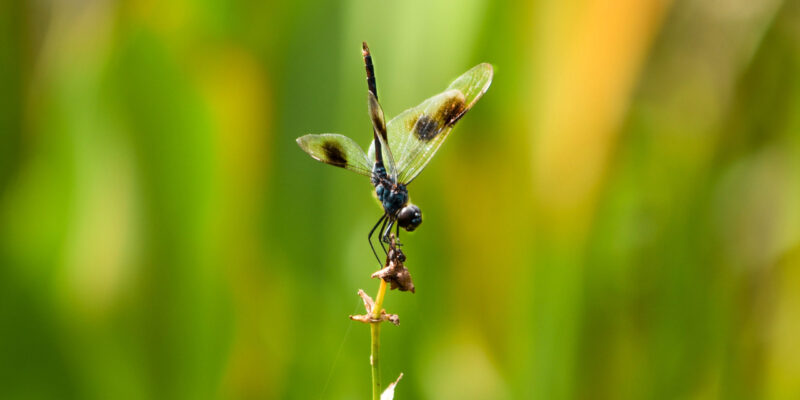A few examples of how insects have inspired human innovation:
Insects are known for their essential pollination and decomposition services and are a vital part of the global food chain, but how have insects inspired human technologies?
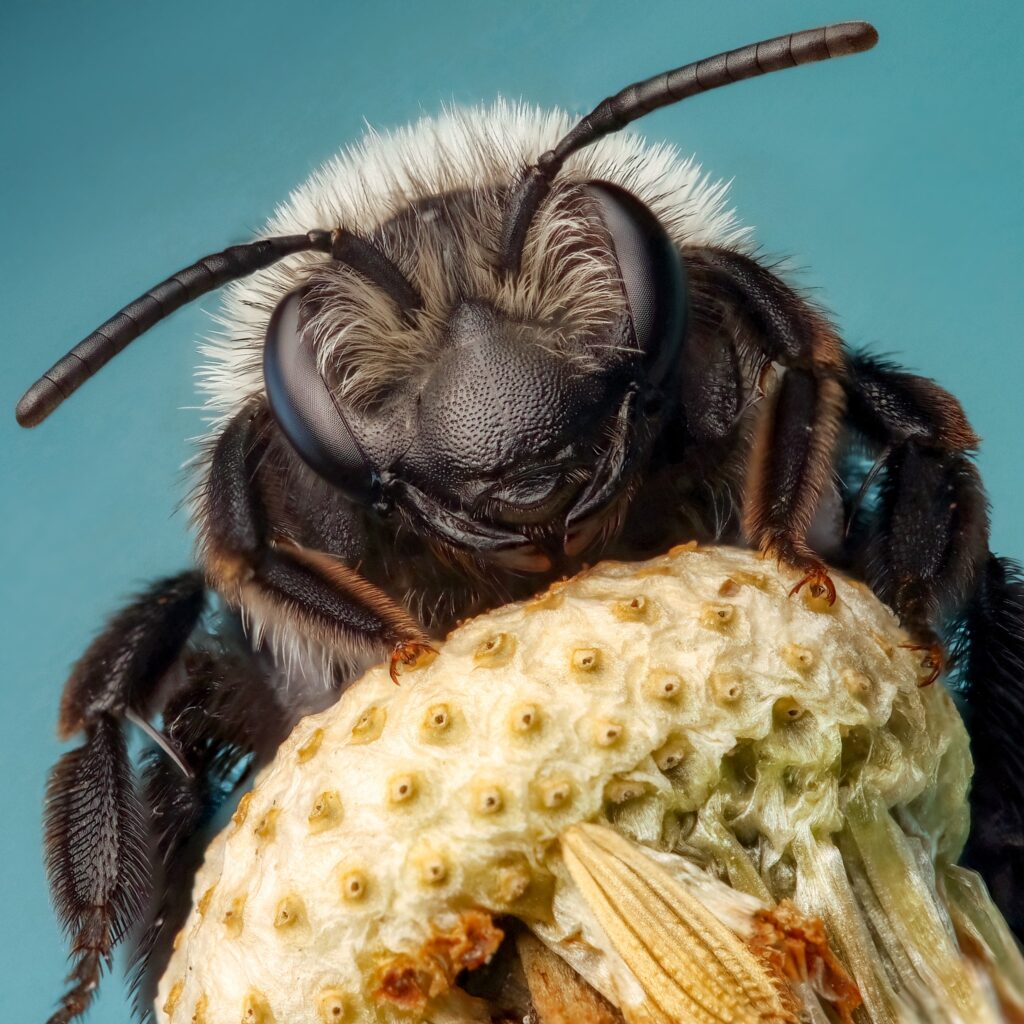
Ants, bees, and other social insects exhibit complex collective behaviours and coordination in large groups. This has inspired the development of swarm robotics, where multiple small robots work together to accomplish tasks efficiently. Swarm robotics finds applications in areas such as search and rescue missions, environmental monitoring, and warehouse automation.
Beetles in the Namib desert have inspired the development of innovative water collection methods. These beetles possess specialised structures that allow them to collect water from fog and condensation in arid environments. Scientists have replicated these structures to create materials that can harvest water from the air, potentially offering a sustainable solution for water scarcity in dry regions.
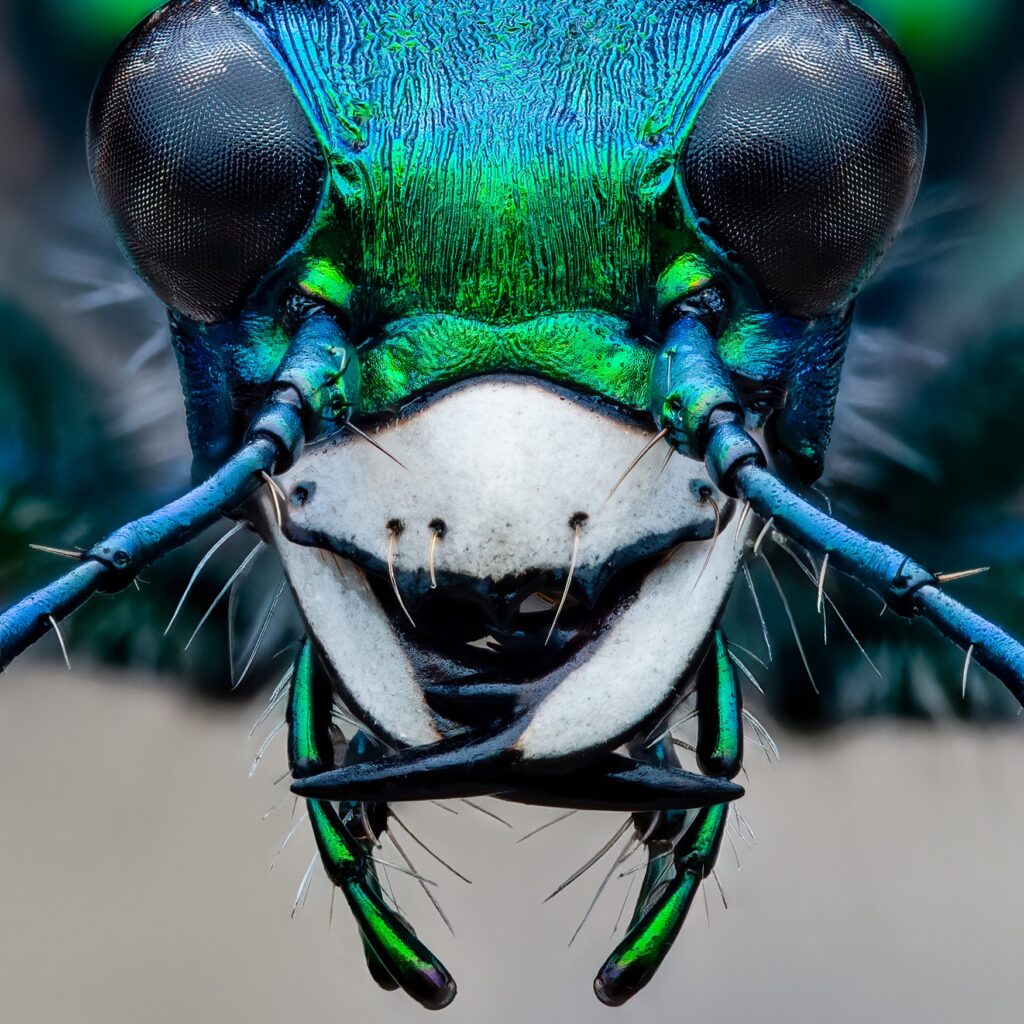
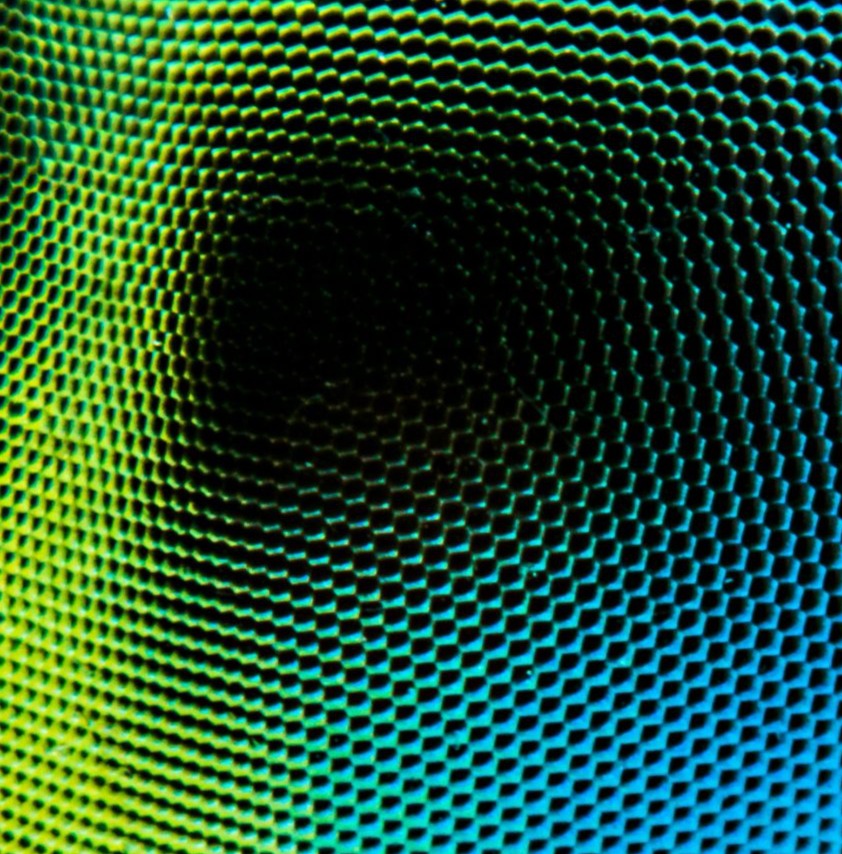
The compound eyes of insects, which consist of numerous tiny lenses, not only inspired the lab within the RES garden but have inspired the development of advanced imaging systems. Scientists and engineers have drawn inspiration from the structure of insect eyes to create compact, wide-angle cameras and imaging devices that offer a broad field of view and improved depth perception.
The adhesive properties of insect feet have led to the development of innovative adhesives and climbing technologies. By studying the microscopic structures and mechanisms of insect feet, scientists have created adhesives that can cling to various surfaces, enabling the development of climbing robots and enhanced adhesive materials.


Fruit flies (Drosophila melanogaster) are commonly used as model organisms in medical research. Their simple genetic makeup and short lifespans make them ideal for studying various biological processes and disease mechanisms. Insights gained from studying these insects have provided valuable information for understanding human biology and developing medical interventions.
Insects are a source of bioactive compounds that can be used in pharmaceutical research. For example, antimicrobial peptides found in the immune systems of insects have inspired the development of new antibiotics. Insect venoms are also studied for their potential use in pain relief, cancer treatment, and neurological disorders.
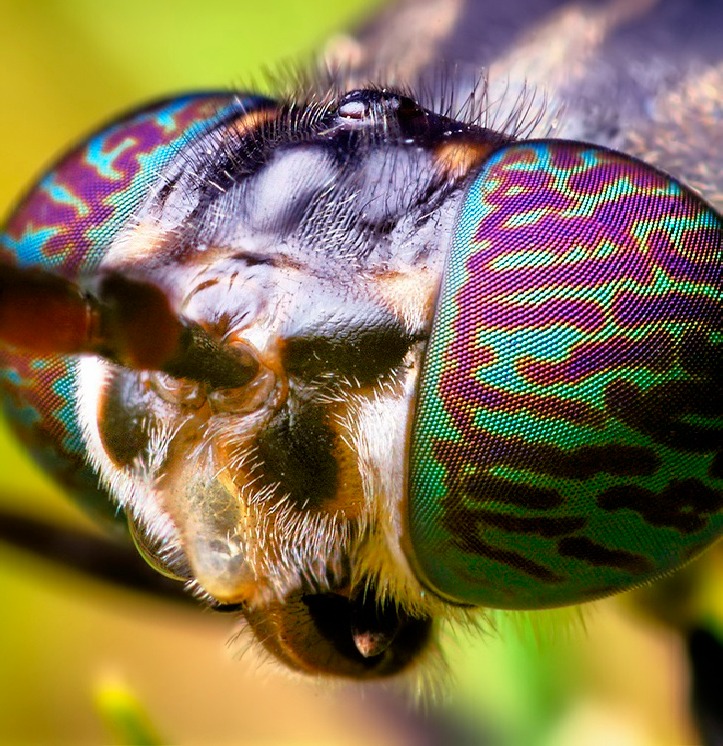
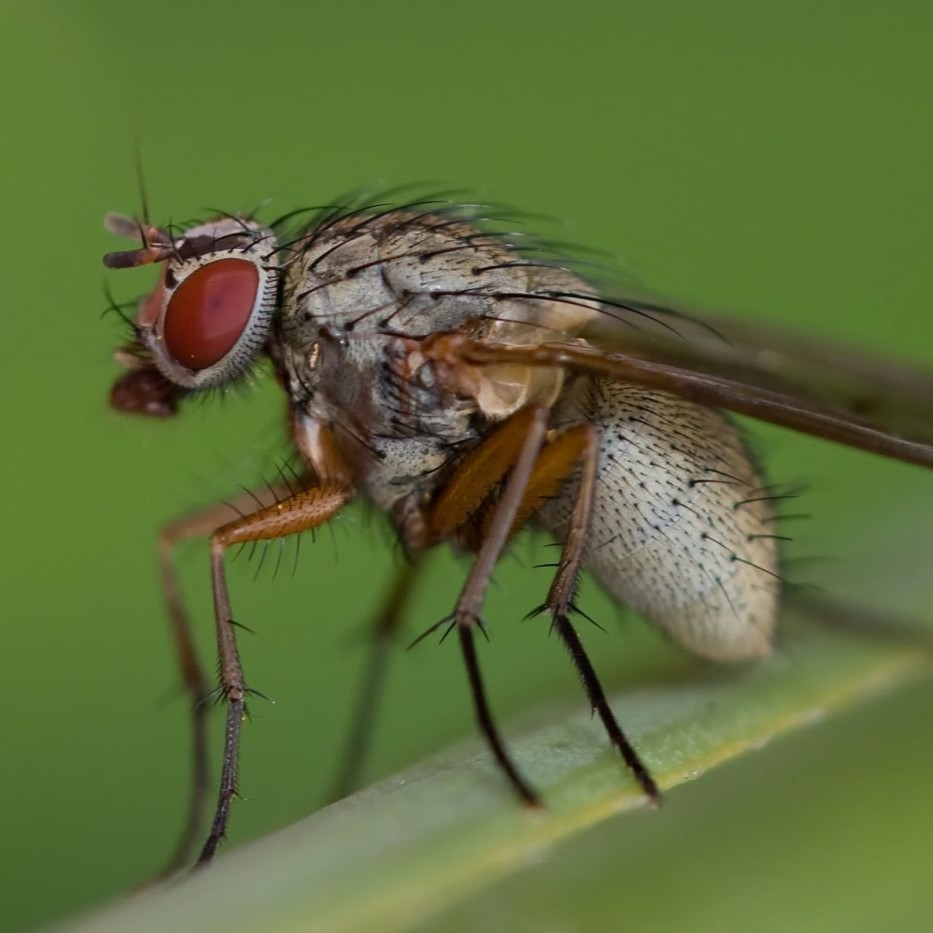
Maggots of certain fly species, such as Lucilia sericata, have been used in medical practice for centuries to aid in wound healing. The larvae secrete enzymes that promote tissue debridement and stimulate wound healing. Additionally, researchers are studying the regenerative capabilities of insects, such as their ability to regrow lost body parts, to gain insights into tissue regeneration in humans.
Insects have unique adaptations and features that inspire the development of medical devices and technologies. For example, the microscopic structures on butterfly wings that repel water and dirt have influenced the design of self-cleaning surfaces for medical instruments and implants.
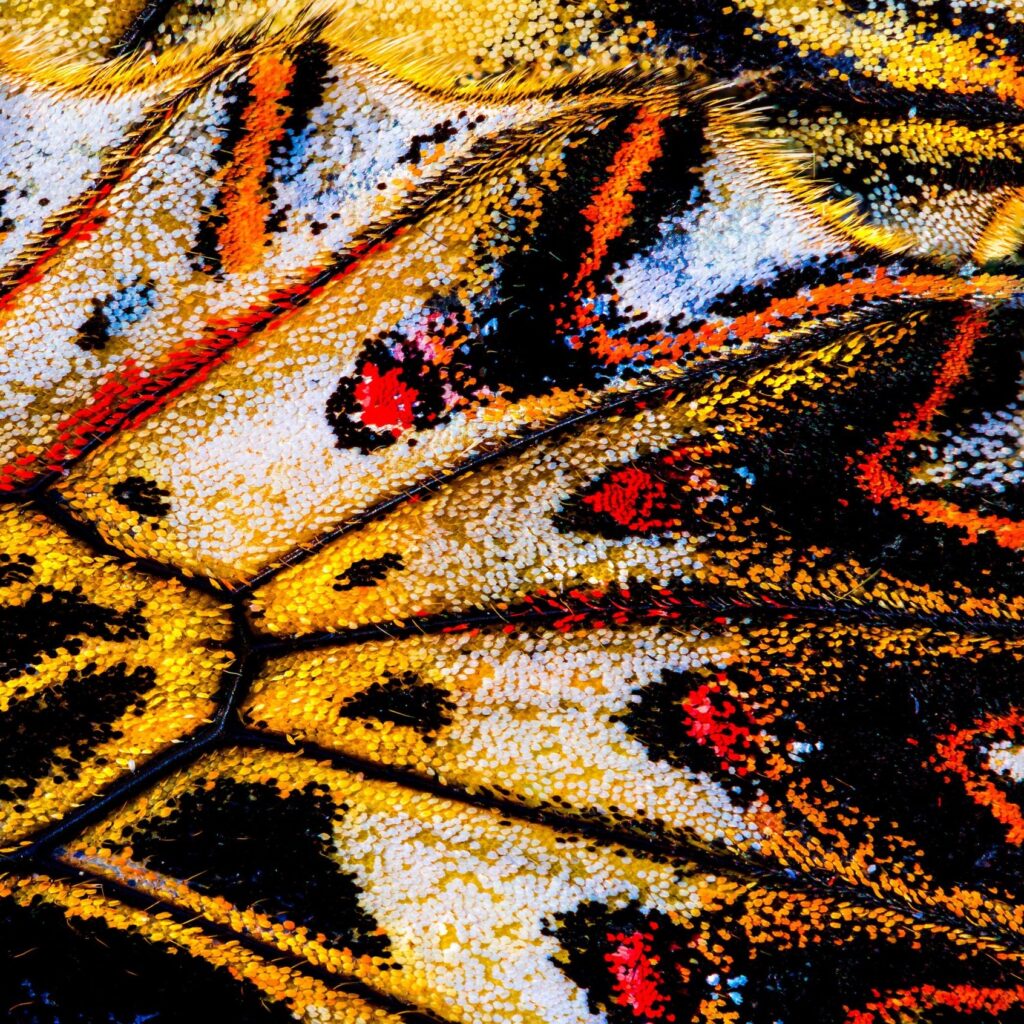
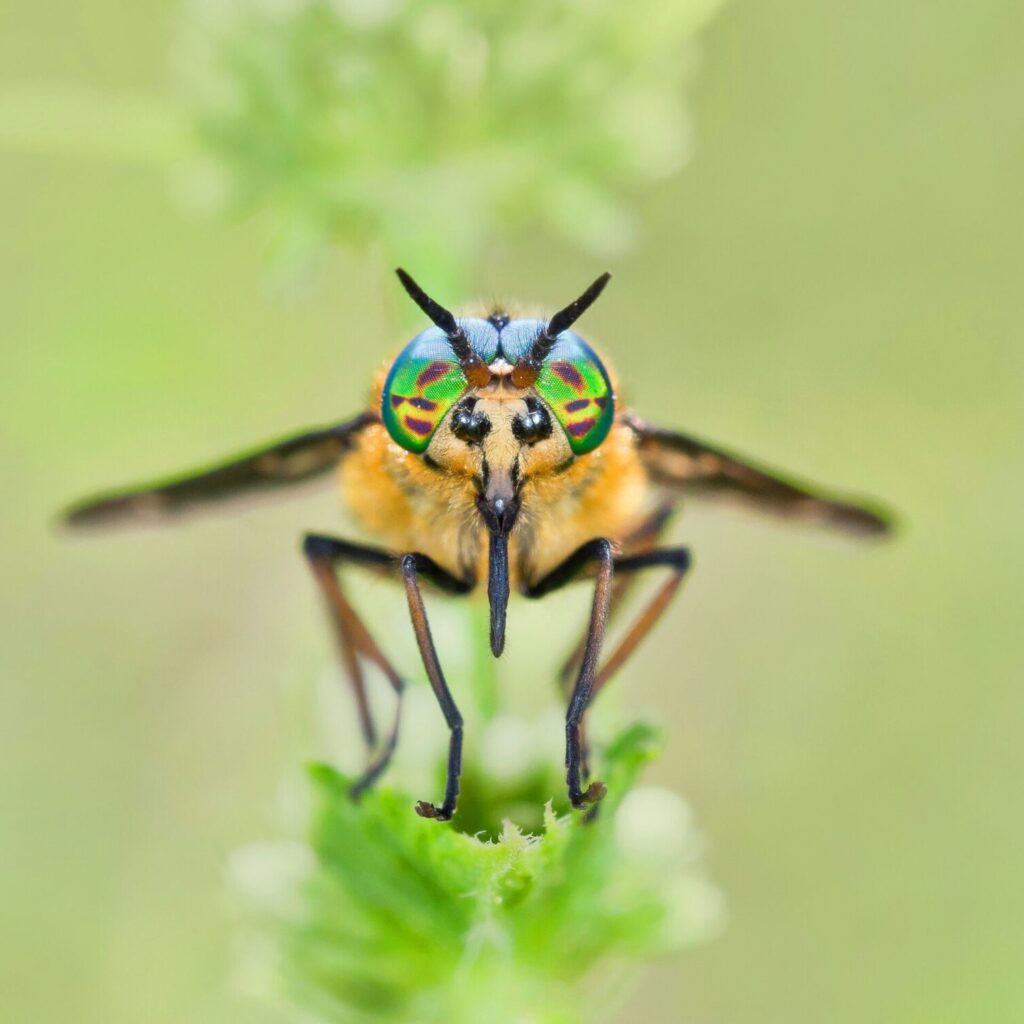
Tiny, needle-like structures inspired by the mouthparts of certain insects, such as mosquitoes have gained significant attention for the development of medical devices and drug delivery due to their potential for painless and minimally invasive applications.



